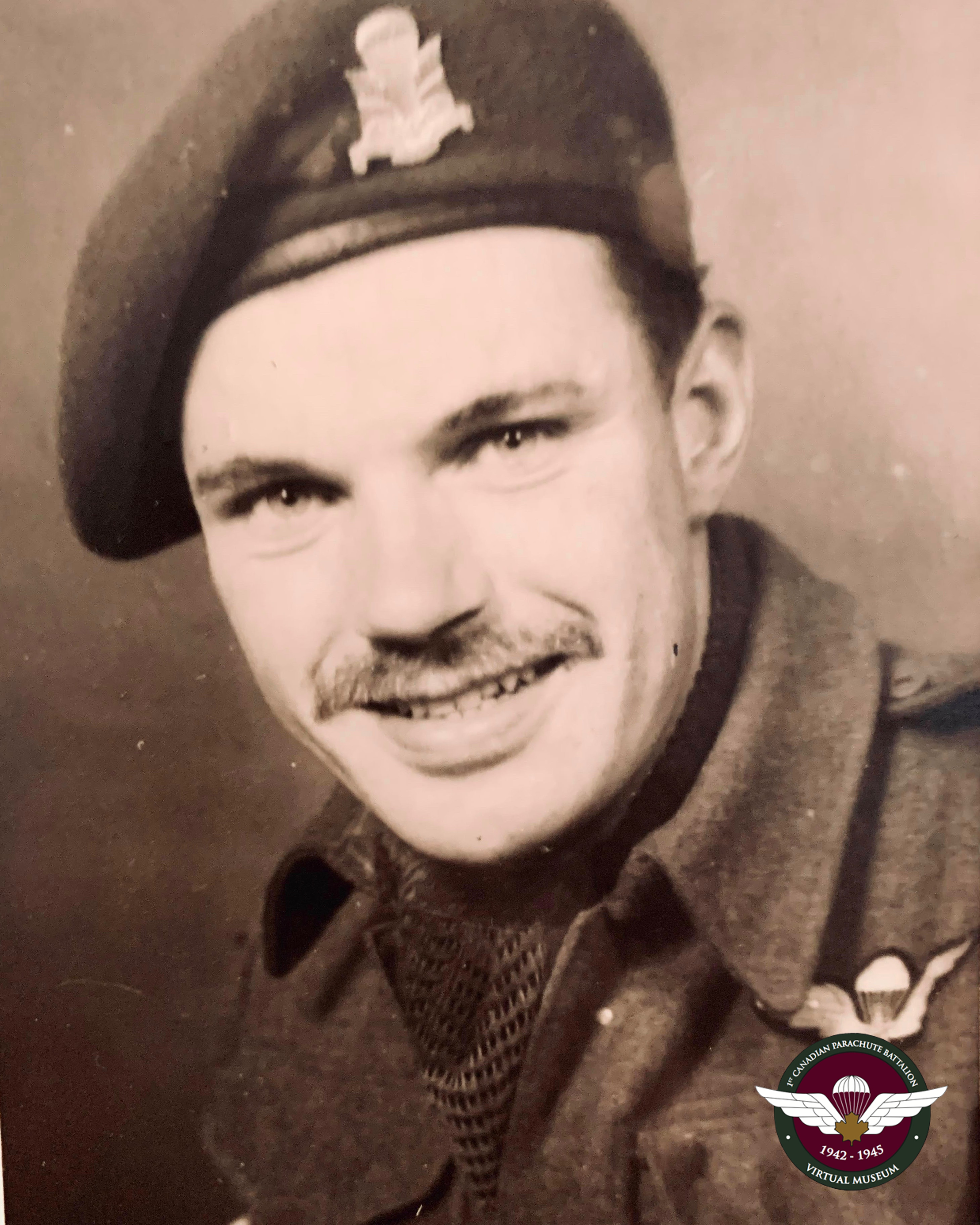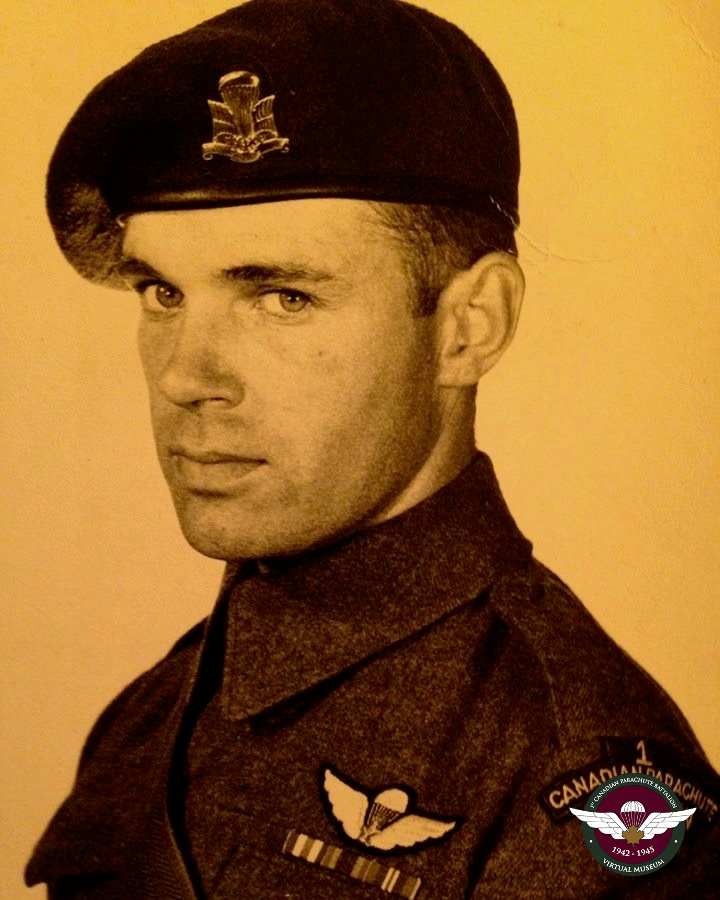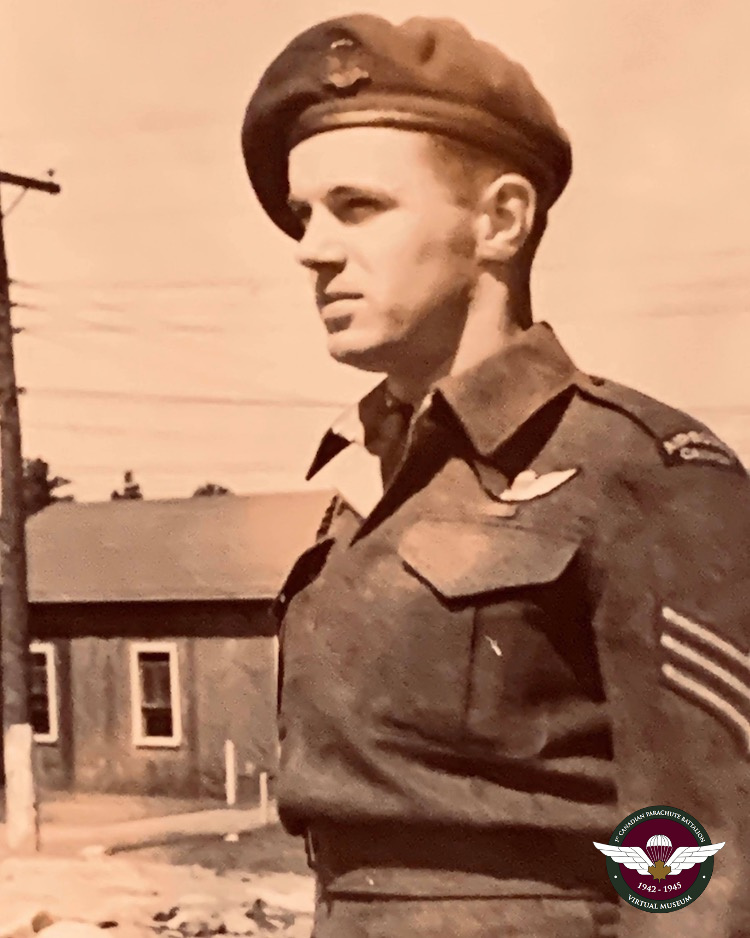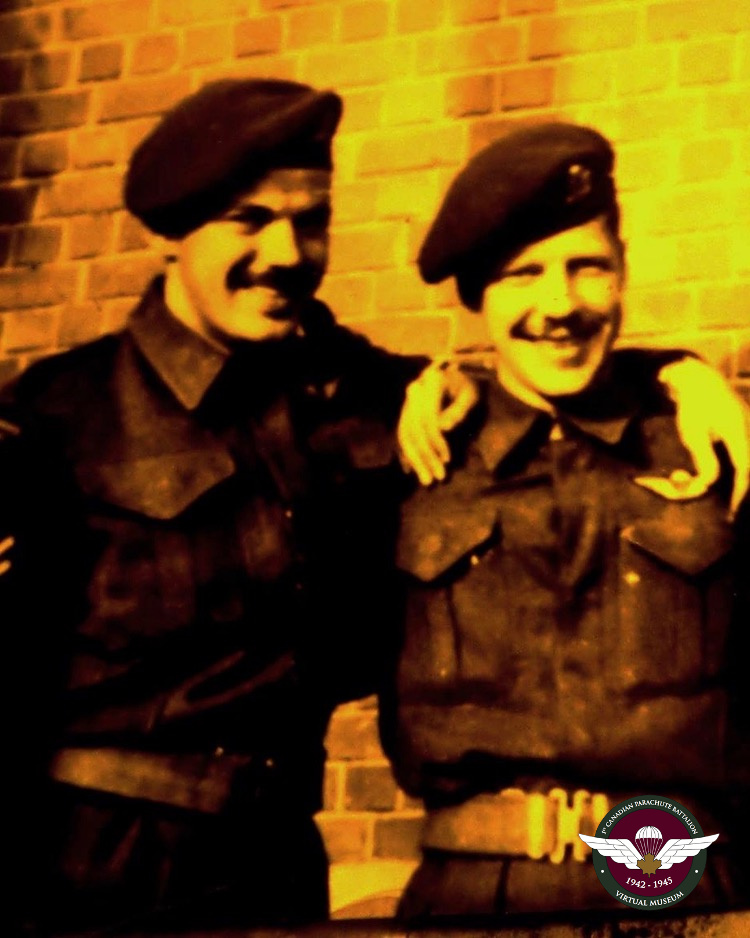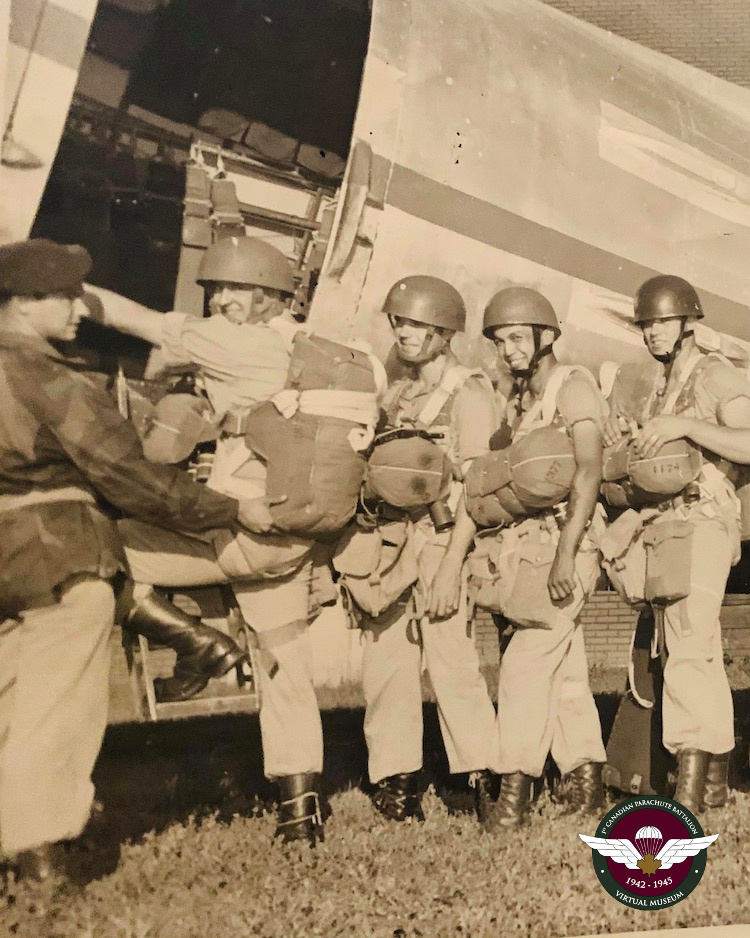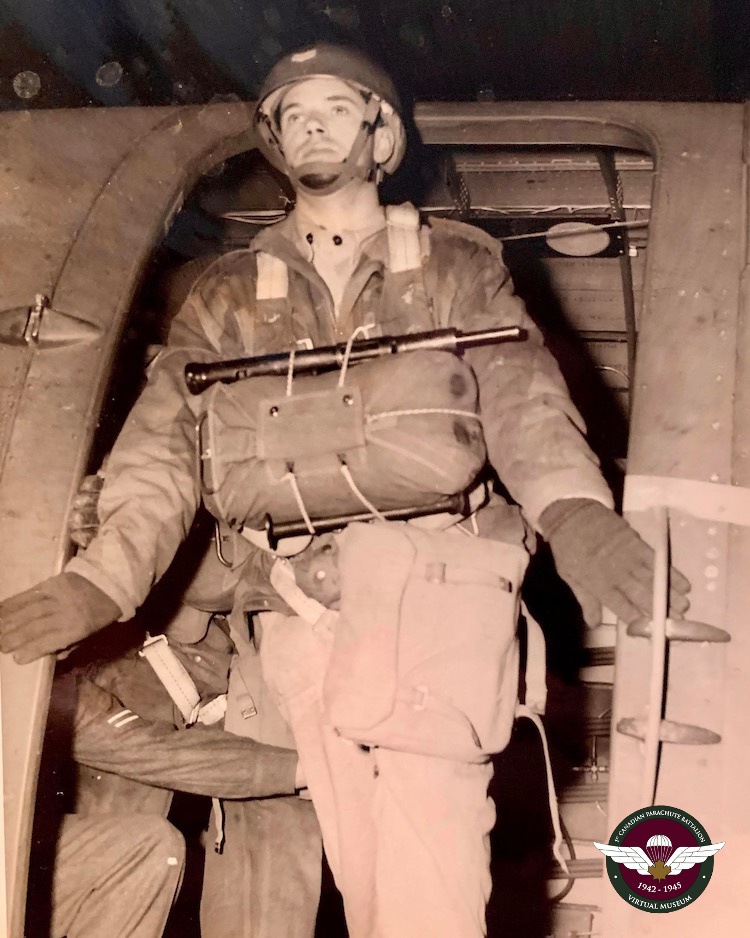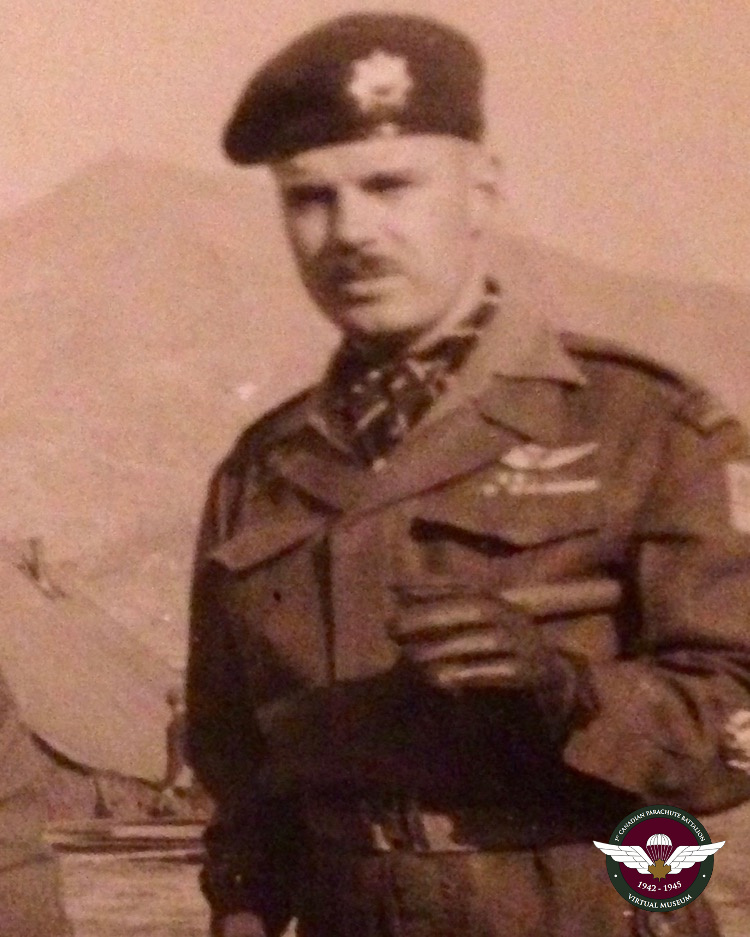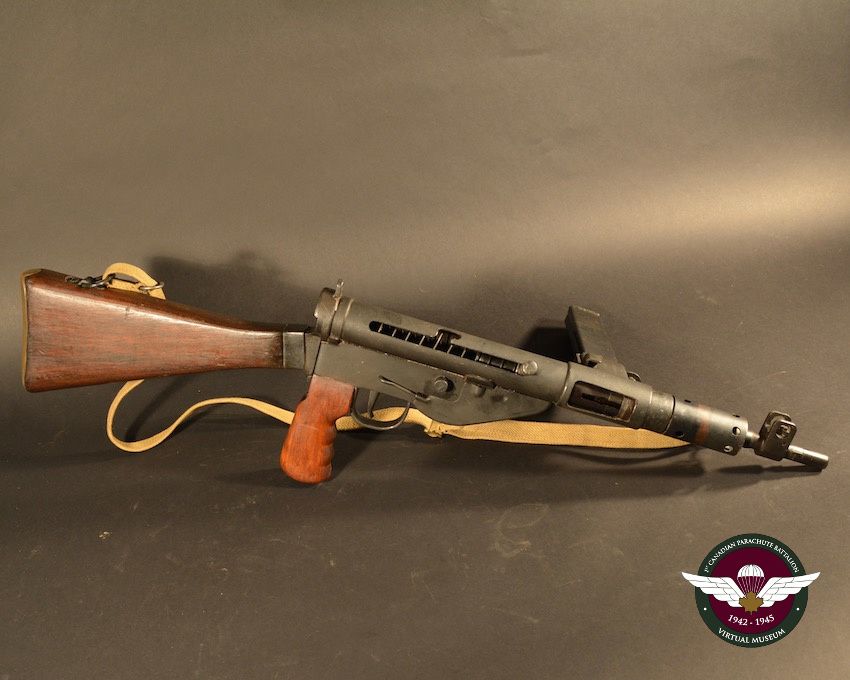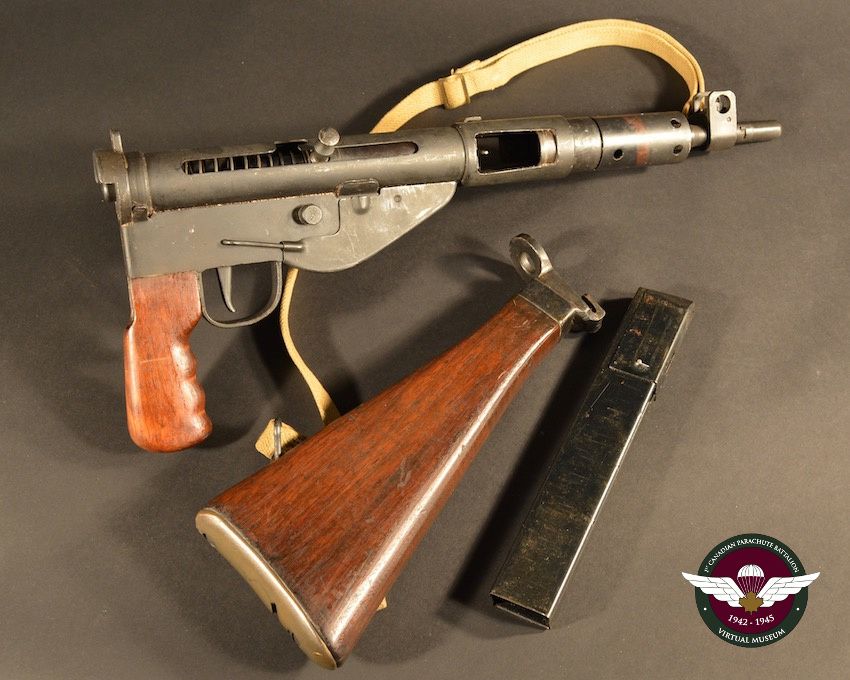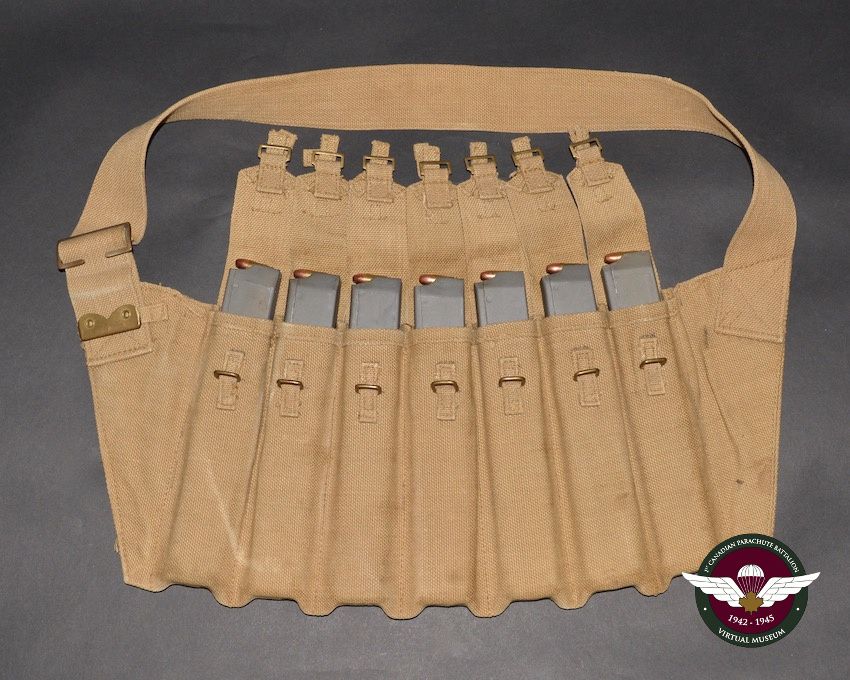Captain Frederick Emerson Lewis
Frederick Emerson Lewis was born on April 6, 1921 in Sydney, Nova Scotia to his parents Benjamin Archibald and Ethyl Hardy Lewis. He was one of six children, having two older brothers and three sisters, being raised in a farming community. During his formative years, Lewis grew up quickly, as he contributed to the household by taking on responsibilities at a young age while also attending school. Lewis attended a local school during his early years. He completed grade 8 when he decided to leave school to join the workforce. Lewis was a skilled sheet metal worker by trade who was later educated through the machine and tool technical college.
World War 2 was in full momentum and the need for recruits was apparent. Lewis answered the call as he wanted to serve his country and have an opportunity to travel to see other parts of the world. He enlisted on June 25, 1942, and completed his basic training shortly after. He was promoted to A/Cpl on October 1, 1942, and permitted to draw a ration allowance at the rate of 50 cents per diem. Lewis attended the Unit Anti-Gas Course in Aldershot on October 23 1942. Confirmed the rank of Cpl on June 1, 1943. Completed his Canadian Small Arms School at Long Branch on June 26, 1943, and then attended his Platoon Weapons course on July 13, 1943. He was taken on strength at the Canadian Infantry Training Centre on January 26, 1944.
It wasn’t long before he was looking for greater challenges when he heard about the Paratroops. Lewis requested a transfer. He passed all the physical and aptitude testing with ease and was then sent to the Parachute school. In order to join the Battalion, it was customary to take a reduction in rank until you were fully trained and considered a viable asset. Lewis graduated from A-35 Parachute School in Shilo, Manitoba on March 4, 1944, and was now a proud paratrooper, joining the ranks of the elite 1st Canadian Parachute Battalion. He was then promoted to L/Cpl on March 21, 1944, and appointed to A/Sgt on May 1, 1944. Lewis had found the love of his life and on October 28, 1944, he was granted permission to marry Pte. Nellie Donna Ryzner.
Lewis then reported for duty with the Canadian General Reinforcement Unit in the UK on December 4, 1944, and would continue his training while there. Lewis was granted parachute pay on February 11, 1944, since he continued to be actively involved in parachute training. Lewis embarked for North West Europe (NWE) on April 5, 1945, as part of the occupational force. He later became part of the 1st Canadian Parachute Battalion Training Company on June 3, 1945. The war was over but Lewis decided to make a career out of the military, so he then attached to the 1st Airborne Research & Development Centre on August 13, 1945. While stationed there, he attended the Parachute Packing Course.
On the home front, Lewis was able to focus more on his spouse Nellie and growing their family with children. They were delighted to welcome their newborn daughter Darlene Lewis on June 7, 1946. However, tragedy struck the Lewis family when Darlene passed away suddenly on July 12, 1946. This was a devastating time for the Lewis family as they tried to come to grips with the loss of a child. The Lewis family would later be blessed with another wonderful daughter whom they named Beverly and several years after that, they had a son named Barry Emerson. Their son Barry would follow in his fathers’ footsteps decades later having a successful career as a soldier in the Canadian Armed Forces with much of his service in the airborne community just like his father.
On August 22, 1948, Lewis worked as a Parachute Instructor doing what he enjoyed most at the Canadian Joint Air Training Centre in Rivers Manitoba. Lewis would later serve with the 1st Battalion of the Royal Canadian Regiment (1RCR) in Korea and later Japan and Germany. In 1957, he was promoted to the rank of Regimental Sergeant Major (RSM) of the battalion and would later serve at the RCR Depot. Lewis climbed the ranks to the top of the Non-Commissioned members and decided to become an officer. In 1961 he took his commission and was promoted to the rank of Captain. In 1965 he worked at the Canadian Forces Recruiting Centre. After an interesting and exciting 34 years’ service, he decided it was time to retire and settle back home in Sydney Nova Scotia where his journey began. Lewis still remained connected to the veteran community by joining the Legion, where he became a lifetime member and President. He also belonged to the 1st Canadian Parachute Battalion Association, along with the Korean Veteran’s Association. On April 28, 1991, Lewis passed away with his soul mate Nellie by his side.
If you have read the biography of Frederick Emerson Lewis, then you have kept his memory alive.
Information and artifacts courtesy of Barry Lewis.
Sten MkV Submachine Gun
The Sten submachine gun can be found in several models, the one pictured here is a Sten MKV, produced for the Paratroopers. It was an inexpensive firearm to produce, costing less than $10.00 per unit. It chambered a 9mm cartridge with a firing rate 550 rounds per minute and an effective range of 100 yards. Also shown is a magazine pouch or bandolier that allowed a soldier to carry an additional 30 round magazines. Captain Lewis trained and carried a similar Sten MkV Submachine gun during his service in Europe during World War 2.
